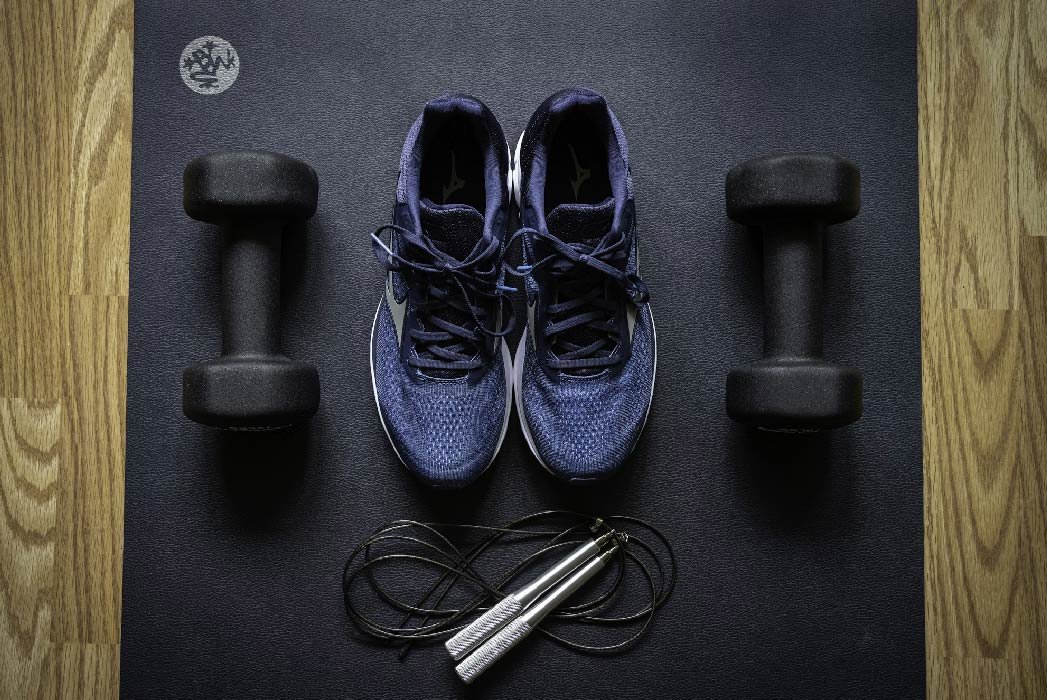Health
How to Stay Active Without the Stress: The Role of Physical Therapy in Your Wellness Routine

In today’s fast-paced world, maintaining an active lifestyle is often regarded as a crucial component of overall health. However, with the hustle of work, family, and other commitments, it can be easy to overlook our physical well-being. Many of us push through discomfort or injuries to stay fit, often leading to more stress and strain on the body. That’s where physical therapy comes into play. By integrating physical therapy into your wellness routine, you can stay active, relieve stress, and prevent injuries in a way that promotes long-term health. At a Physical Therapy Clinic, professionals can tailor a plan that helps you move better, feel better, and live better.
Understanding Physical Therapy and Its Benefits
Physical therapy is a healthcare profession focused on improving movement and managing pain. It’s not just for people recovering from surgery or injury, but also for those looking to maintain their physical fitness and avoid future health issues. By targeting areas of the body that may be weak or stressed, physical therapists work with you to improve mobility, flexibility, and strength. This holistic approach enables you to stay active without overexertion, allowing you to enjoy physical activity without the risk of injury or fatigue.
Physical therapy plays a vital role in helping individuals improve the quality of their daily movements. Whether you’re an athlete, a busy professional, or someone who enjoys a simple walk around the park, physical therapy ensures that your body is in the best possible shape to support your activities. It allows you to strengthen muscles, correct imbalances, and recover from daily strains without relying on pain medications or invasive treatments.
The Stress of Being Active and How Physical Therapy Helps
Many people feel the pressure of staying active in a world where fitness is often equated with intense gym routines and competitive sports. This misconception can lead to stress and burnout, especially for those new to exercise or recovering from an injury. Physical therapy helps address these concerns by offering a personalized approach to fitness that is centered on your specific needs and limitations.
A physical therapist can assess your posture, movements, and any physical discomfort you may be experiencing. By pinpointing areas of tension, weakness, or misalignment, they can design a program that helps you move with less stress on your joints and muscles. This tailored approach can prevent unnecessary strain on your body and reduce the likelihood of future injuries.
Instead of pushing yourself to do exercises that may not be suitable for your body, physical therapy teaches you the proper form and technique for safe movement. This reduces the stress that often accompanies exercise routines, especially for beginners or those with a history of chronic pain. Whether you’re stretching, lifting weights, or engaging in cardio, the correct movements can make all the difference in preventing injury and maintaining a healthy, active lifestyle.
Preventing Injury with Physical Therapy
One of the main reasons people quit their fitness routines is the fear of injury. Whether it’s a sprained ankle, pulled muscle, or nagging back pain, injuries can disrupt progress and cause frustration. With physical therapy, however, the goal is to prevent injuries before they happen by strengthening muscles and improving flexibility.
Physical therapists employ various techniques, including manual therapy, therapeutic exercises, and modalities such as heat or ice therapy, to alleviate pain and prevent injury. These interventions not only improve strength and flexibility but also teach proper body mechanics, making it easier to perform daily tasks without strain. By consistently attending physical therapy sessions, you develop a stronger and more resilient body that can handle the stress of everyday activities.
The individualized plans created by physical therapists focus on addressing your unique physical challenges, such as poor posture or muscle imbalances, that may contribute to discomfort. These personalized strategies help you stay active without harming your body, allowing you to engage in the activities you enjoy without worrying about setbacks.
Incorporating Physical Therapy into Your Routine
Incorporating physical therapy into your wellness routine doesn’t require an overhaul of your lifestyle. It can be as simple as scheduling regular sessions with a physical therapist, who will guide you through exercises that fit into your daily routine. These exercises are designed to increase mobility, strengthen key muscle groups, and alleviate stress without overexerting the body.
Many people benefit from visiting a Physical Therapy Clinic once or twice a week, but the frequency of visits will depend on your individual goals and needs. During each session, the therapist will monitor your progress and adjust your program accordingly to keep you on track. As you gain strength and improve your range of motion, you will begin to notice a decrease in discomfort and an increase in your overall fitness level.
Even if you can’t make it to a physical therapy clinic regularly, incorporating simple stretches and strengthening exercises into your daily life can make a significant difference. For example, taking breaks to stretch during work hours or adding low-impact exercises like walking or swimming can help maintain your physical health and reduce stress.
Conclusion
Staying active is essential for maintaining a healthy lifestyle, but it doesn’t have to come with stress or risk of injury. Physical therapy provides a sustainable and safe way to stay active and improve your overall wellness without overexertion. By working with a Physical Therapy Clinic, you can develop a personalized plan that allows you to enjoy fitness while promoting recovery and injury prevention. With the guidance of a skilled therapist, you’ll be able to move better, feel better, and live better, without the stress that often comes with traditional exercise routines.
For More Information Visit Coopermagazine
-

 Celebrity12 months ago
Celebrity12 months agoWho Is Mindy Jennings?: All You Need To Know About Ken Jennings Wife
-

 Celebrity1 year ago
Celebrity1 year agoWho Is Jennifer Rauchet?: All You Need To Know About Pete Hegseth’s Wife
-

 Celebrity1 year ago
Celebrity1 year agoWho Is Enrica Cenzatti?: The Untold Story of Andrea Bocelli’s Ex-Wife
-

 Celebrity1 year ago
Celebrity1 year agoWho Is Klarissa Munz: The Untold Story of Freddie Highmore’s Wife
















